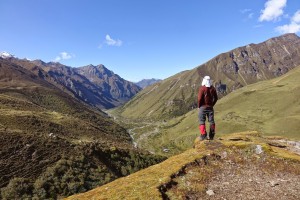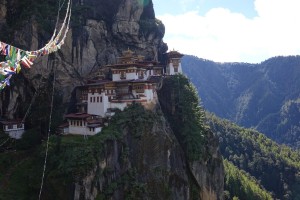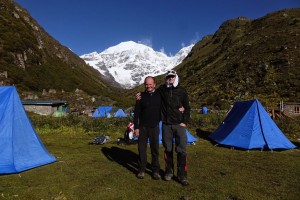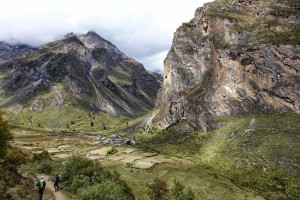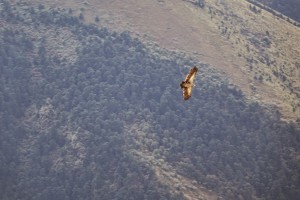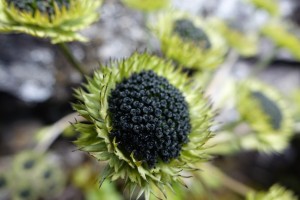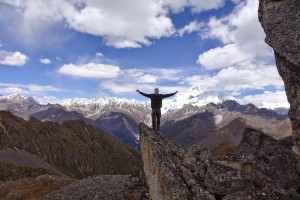Bhutan and the Laya Gasa Trek
A dream of mine for several years has been to visit Bhutan and complete the Snowman Trek — said to be the hardest trek in the world. The trek is 216 miles over 28 days crossing 8 passes above 16,000ft. However, my doctor did not share this dream and refused to sign off on the trip. After much convincing, we finally “settled” on me doing the first half of the snowman trek (better known as the Laya Gasa Trek). The first half is 130 miles with 2 passes above 16,000 ft over 12 days. The average elevation for the laya gasa trek was over 13,000ft. For the record, he strongly advised against going on the trip and required me to inform both of my parents of the risks involved in the trip along with the fact that I would be disregarding his advice
Bhutan is a small country nestled in the Himalayas between India and Tibet. To preserve their culture and prevent budget travelers from inundating the country, a US$250/day charge is added to the tourist visa. As a result, most visitors use a travel company to arrange the trip. Knowing that I wanted to go trekking (with some friends), I did some pretty extensive research about companies that organize treks in Bhutan. We decided to use The Mountain Company out of the UK. The owner Roland — who has climbed Everest — was extremely knowledgeable about Bhutan and the Snowman Trek.
Coming from North America, a trip to Bhutan is quite the undertaking. You have to fly to an airport that services one of Bhutan’s four planes that fly into the country. The approach into Paro airport is so precarious that the pilots must be specially trained and the weather must be clear. You are literally flying within yards of the mountains. It adds to the aura of being in Bhutan. Especially when the one mile drive to the hotel from the airport takes 30 minutes because of recent landslides that have blocked the roads.
Our trekking portion of the trip really started on the day after our arrival. To help everyone acclimate, the whole group hiked up to the Tiger’s nest (Taksang Monastery). This day hike takes you to a monastery literally built on the side of a cliff. It was stunning! If I ever to go back, I would want to do the hike in the evening so that you can see the sun shining on monastery. Other images of this monastery at sunset are amazing.
The Laya Gasa trek begins up the Paro River valley before the army base. It is now possible to drive all the way to the army base, but our itinerary had us walking along the road. This easy first day likely helps with acclimation. The first major mountain we were hiking towards was Mt. Jomolhari (7,326m). We would be spending two nights at the base camp below the mountain before crossing our first pass which was a cool 16,000ft.
The trek proceeded down to a campsite along the river where the local Dzong could be seen up on the mountain. The Dzongs are both administrative buildings and monasteries. Many of the Dzongs are built like fortresses. I hiked up to the Dzong, but it was a holiday and nobody was around. Despite only being a half mile away and up a couple hundred feet, it took nearly an hour to get to the Dzong because of the high altitude (>13,000ft). As we continued to hike through this valley we saw many eagles soaring through the skies. During the four trekking days it took for us to get through this long valley, we saw plenty of yaks and rhododendron plants. The flowers bloom in the spring so we missed what otherwise would have been a gorgeous site.
The passes we needed to cross were typically vary barren with hardly any vegetation. However, we were fortunate enough to see some flowers that survive at high altitude. One of the most memorable was the sunflowers that can be found. There are also some trumpet flowers that were really pretty. I loved watching the bumblebees (imagine bees wearing down jackets, that is how large they were) pollenate the flowers.
One of the most amazing sites along the trip was from our day hike at Laya. Initially we were disappointed that we would be taking a rest day two days from the end of the trail. However, the views from our day hike were some of the best of the trip. We hiked straight up the mountain towards some prayer flags we could see in the distance. As we forged our own trail up the mountain, the terrain became less and less accommodating. We eventually had to scramble up and over rocks near the top with no idea what we would see at the top.
When we reached the top of the ridge we were greeted with an amazing view of an alpine lake. This lake was backdropped by 4 or 5 huge peaks/glaciers. The views were simply incredible and one of the big highlights from the trip leaving us with two final days of trekking remaining.
We were warned that the Koina campsite (our scheduled camp for the next day) is best described as a boggy marsh. We decided to continue on past that site for a couple hours to a much nicer site. This made the day extremely long and we arrived right at dusk as a large lightning storm started to pour on us. To add to our luck, our guides and support staff were having trouble starting the stove. With the help of a guide from another group, we were able to get the kitchen up and running.
The trek had one final day where we had to trek to Gasa. From Gasa we would drive 60km to Punakha. The drive was basically along a knife edge cliff along a one lane road for 3 hours. If you drove off the edge you would be falling a LONG way. Despite the steep cliffs, people had found ways to build rice terraces into the mountain. All of the rice was ready to be harvested meaning we had beautiful green and yellow rice plants covering the hillsides all the way to Punakha.
Overall I was very happy with the trek, the guides, and the timeline. We had some amazing scenery that I’m sure my pictures are not doing justice to. Bhutan was a very authentic experience and I am glad I visited now before the country gets too developed.
